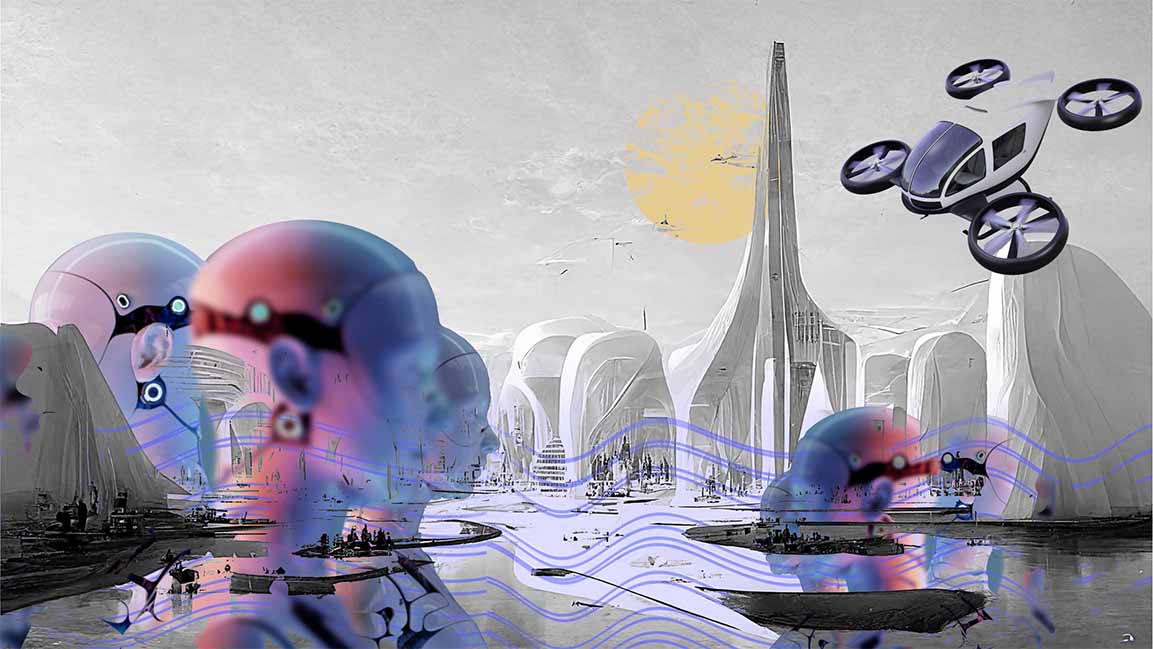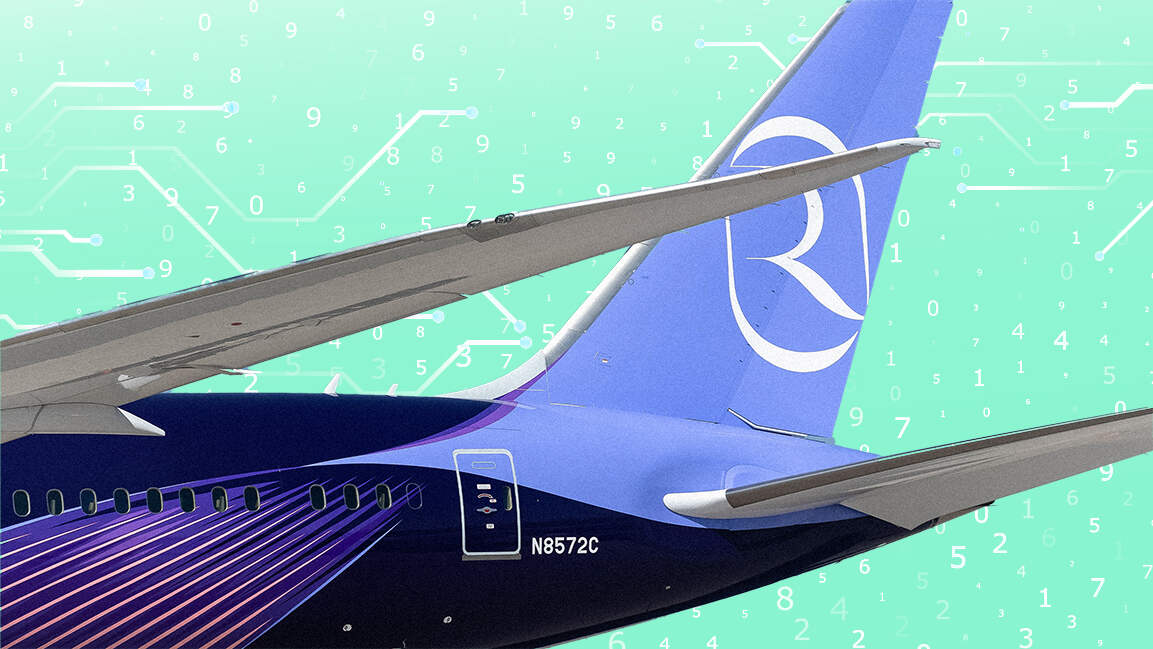- | 5:00 pm
Big tech holds firm bet on the future of engagement and mobility
Gitex Global 2022 showcased the latest innovations changing cities, economies, businesses, and media.

What tech trends will shape the next ten years? Flying cars, passenger drones, humanoids, haptic technology, and immersive AR/VR were some innovations showcased at Gitex Global 2022. In its 42nd edition, the tech event brought together 5,000 companies and 100,000 attendees, and the latest tech trends and innovations in cities, economies, businesses, and media.
THE FUTURE OF ENGAGEMENT
The event showcased the latest innovations to thrive in the digital age. On display for the first time was a dedicated Web 3.0 section, X-VERSE, by TMRW Foundation in collaboration with Decentraland, touted as the world’s largest curated Web3 immersive experience. The TMRW Foundation debuted ROOM, its realistic 3D communication solution, offering visitors a glimpse into the future of the three-dimensional internet featuring browser-based 3D video conferencing, enabling users to interact virtually in a lifelike way mirroring human nature, featuring the world’s most “socially present” technology.
A slew of government entities announced their entry into the metaverse. Whether it was former telecom giant Etisalat, recently rebranded as e&, launching its e& universe, or Dubai Airport Freezone (DAFZ) launching METADAFZ, offering a lifelike experience regardless of their physical location. These pavilions enabled users to access the metaverse through AR/VR headsets. Impressive was the use of haptic technology, stimulated boots and gloves allowed users to touch and feel in the metaverse space, enabling a sensory experience— all hinting at the possibility of futuristic interactions.
ELEVATED AR/VR INTERACTIONS
A nod to ultra-life-like tech, the General Directorate of Residency and Foreigners Affairs (GDRFA) featured a 3D talking head, demonstrating the capabilities of wider adoption of biometric technology in urban settings, not just airports or offices.
Visitors saw the future through augmented reality, holograms, interactive installations, and more. Dubai Internet City’s pavilion featured several AR-powered activations–from ArTivive. This installation converted art into an interactive journey, an immersive experience that allowed visitors to walk on the lunar surface based on footstep trackers on LED floor panels that translated movement into lifelike astronauts on screen.
DIC also featured a human-sized hologram portal where participants at Gitex could carry out a live conversation and connect with humans in real-time based out of countries such as Poland.
The Telecommunications and Digital Government Regulatory Authority (TDRA) played on similar technology and featured a live demo of the gig economy. Using 5G, artists in Hungary viewed live digital feeds of visitors and sketched their portraits remotely enthralling visitors.
Offering multiple points of view, Huawei’s pavilion featured a 360 imaging circle studded with approximately 22 hi-resolution cameras; these captured stunning images, an instant hit with visitors looking to capture their Gitex visit, definitely not an average selfie.
FUTURISTIC FLYING CARS AND PASSENGER DRONES
Apart from Web3 tech, Gitex Global showcased the future of mobility.
The two-seater electric vertical take-off and landing (eVTOL) flying car X2, for instance, is part of the latest generation of flying cars developed independently by Chinese electric vehicle manufacturer Xpeng’s affiliate Xpeng Aeroht. It made its world debut at the event with a 90-minute flight across Dubai, marking a major step forward for the city’s futuristic mobility plans. Equipped with a carbon fiber body, eight rotors, an intelligent flight control system, and autonomous flight capabilities, the X2 is designed to soar at an altitude of 1,000 m (3,281 ft) and cruise at up to 130 km/h (81 mph).
Also on display was a fleet of all-electric self-driving cars. RTA’s driverless taxis are set to hit roads next year, and the organization plans to deploy cruise vehicles built on the Chevrolet Bolt platform. Another autonomous car on show, the Taxi Minibus, will debut next month at Etihad Airways Abu Dhabi Grand Prix on Yas Island.
An attraction that wowed car enthusiasts was the Chinese autonomous aerial vehicle manufacturer Ehang’s fully autonomous passenger drone showcased at the e& pavilion. Touted as the world’s first fully autonomous and electric passenger drone, it can transport up to two people roughly 35 kilometers at 130 mph. The drone has completed 30,000 trials. The drone, which can take off and land vertically, is powered by 16 high-performance electric motors mounted on eight double-rotor arms.
HUMANOIDS AND ROBOT-DOGS
Robots capable of being empathetic with human-like interactions also appeared at Gitex this year. One such humanoid, Ameca, acclaimed as among the world’s most advanced, was displayed at the e& exhibit. Ameca displayed facial expressions and entertained viewers.
The others included several iterations of robot dogs –from Swiss-Mile’s surveillance robot that can take on even the most rugged terrain at speed of up to 20 kilometers per hour to Dewa four-legged Spot Robots that can detect faults and test connection points of high-voltage cables.
































